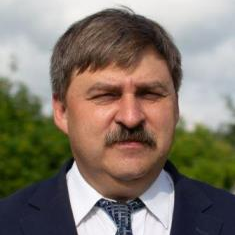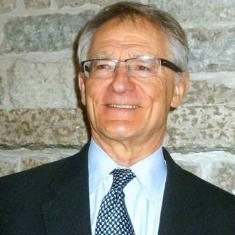Wastewater, Water and Energy
A special issue of Energies (ISSN 1996-1073).
Deadline for manuscript submissions: closed (31 July 2022) | Viewed by 33464
Special Issue Editors
Interests: water and wastewater treatment; nutrient removal and recovery
Interests: wastewater treatment; nutrient removal and recovery; carbon footprint; Anammox; mathematical modeling
Special Issues, Collections and Topics in MDPI journals
Interests: wastewater treatment; nutrient removal and recovery; sludge management
Interests: water and wastewater treatment
Interests: energy assessment of water transport system; water supply network modelling and optimisation; water-energy nexus; exergy analyses
Special Issue Information
Dear Colleagues,
Water is one of the most precious resources on Earth. Although 70% of our planet is covered by water, only a very small portion can be used relatively easily and affordably to meet people’s needs. Due to climate change, providing good and safe water to many communities becomes more and more challenging and expensive. Protecting water resources by wastewater treatment requires significant energy input, so new—more energy efficient—technologies are being developed. Water reuse and recovery, energy and resource recovery from wastewater, and closing of the water cycle are becoming the most important activities for the sustainable development of our communities. Evaluation of energy transformations which occur during water and wastewater treatment as well as in the systems for water supply and for collection of wastewater allows better management and optimization of these systems.
This Special Issue of Energies addresses all the abovementioned issues.
We would like to invite you to submit manuscripts, especially in the following areas: energy and other resource recovery at wastewater treatment plants, intensification of water and wastewater treatment processes, sludge management, water reuse in urban areas, smart water systems, water–energy nexus, energy optimization for water and wastewater systems, energy and exergy analyses for water and wastewater systems, smart cities, and life cycle assessment for water and wastewater systems.
Prof. Dr. Zbysław DymaczewskiProf. Dr. Jacek Mąkinia
Prof. Dr. Jan Oleszkiewicz
Prof. Dr. Joanna Jeż-Walkowiak
Dr. Jędrzej Bylka
Guest Editors
Manuscript Submission Information
Manuscripts should be submitted online at www.mdpi.com by registering and logging in to this website. Once you are registered, click here to go to the submission form. Manuscripts can be submitted until the deadline. All submissions that pass pre-check are peer-reviewed. Accepted papers will be published continuously in the journal (as soon as accepted) and will be listed together on the special issue website. Research articles, review articles as well as short communications are invited. For planned papers, a title and short abstract (about 100 words) can be sent to the Editorial Office for announcement on this website.
Submitted manuscripts should not have been published previously, nor be under consideration for publication elsewhere (except conference proceedings papers). All manuscripts are thoroughly refereed through a single-blind peer-review process. A guide for authors and other relevant information for submission of manuscripts is available on the Instructions for Authors page. Energies is an international peer-reviewed open access semimonthly journal published by MDPI.
Please visit the Instructions for Authors page before submitting a manuscript. The Article Processing Charge (APC) for publication in this open access journal is 2600 CHF (Swiss Francs). Submitted papers should be well formatted and use good English. Authors may use MDPI's English editing service prior to publication or during author revisions.
Keywords
- wastewater treatment
- nutrient removal
- anaerobic digestion
- sludge management
- sustainability
- water–energy nexus
- energy assessment
- smart water systems
- circular economy
- energy recovery
- energy conservation









